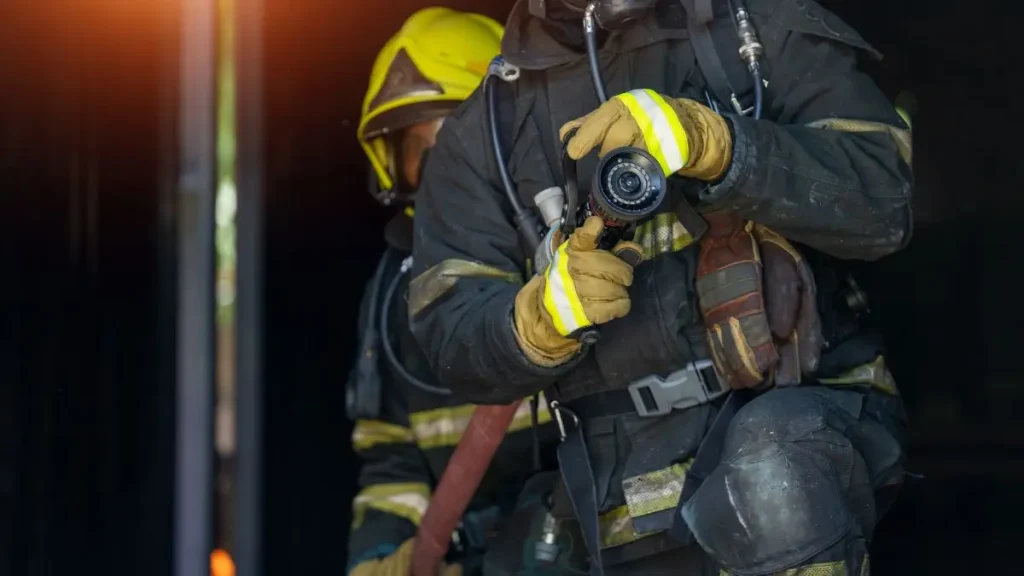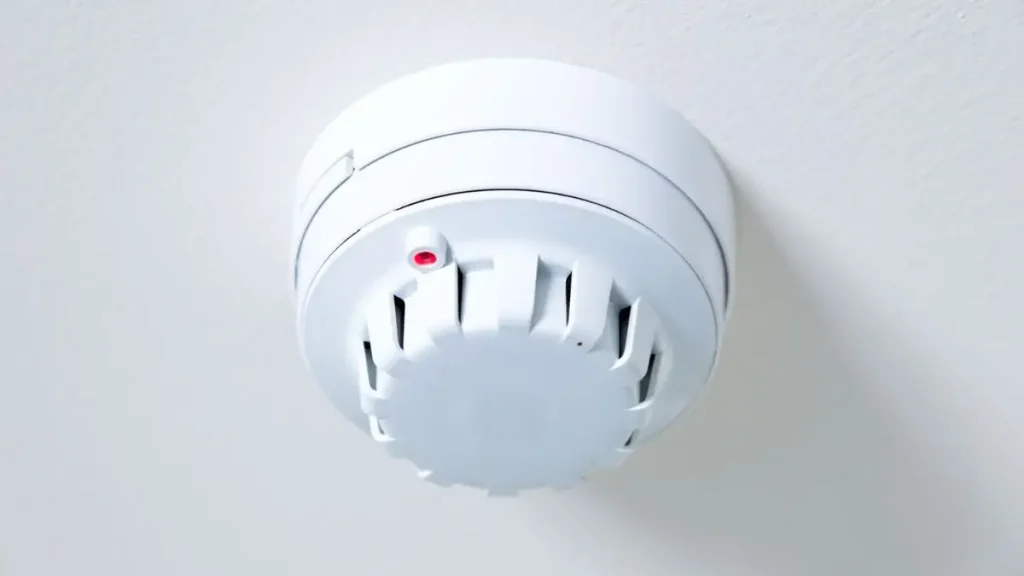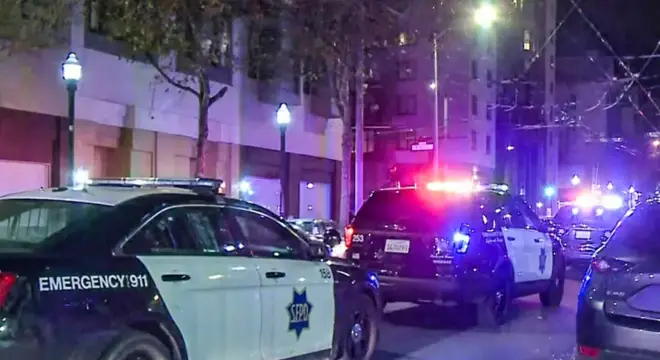Clarksville Home Hit by Major Evening Fire
I still can’t get the image out of my mind—the glow of flames lighting up the evening sky as I read about the Clarksville home on Fox Tail Drive engulfed in fire. It happened this past Monday, and thankfully, no one was home when the blaze took hold. But the damage was severe, with heavy flames consuming the back and sides of the house, leaving a familiar neighborhood shaken and worried.
When I first saw the reports, I thought about how quickly a routine evening can turn into a nightmare. Firefighters from Clarksville Fire Rescue rushed to the scene, working tirelessly to bring the flames under control and eventually extinguish them.
Even in their bravery and speed, it’s impossible not to feel the weight of what a home represents—memories, safety, and comfort—all threatened in a matter of minutes.
This article will walk you through the full timeline of the fire, the response, and the lessons every homeowner should consider. I want you to not just read about what happened, but understand how close it could hit home and what steps you might take to prevent something similar in your own life.
Timeline & Firefighting Efforts

That Monday evening, the quiet of Fox Tail Drive was suddenly shattered when a fire broke out in a residential home. According to Fox17, Clarksville Fire Rescue arrived quickly on the scene. By the time they got there, heavy flames were already visible at the back and sides of the house, spreading rapidly.
Watching the fire unfold, even from reports, gives you a stark reminder of how fast a peaceful evening can turn chaotic.
The firefighters immediately went to work, strategically controlling the blaze to prevent it from reaching neighboring homes. They battled smoke, intense heat, and the risk of structural collapse while coordinating their efforts under high pressure.
Reading about it, I couldn’t help but feel the urgency they face every time a fire alarm goes off—every second counts. This timeline of events is important because it shows not only the speed at which the fire escalated but also the expertise required to keep it from turning into a neighborhood disaster.
Property Details & Extent of Damage
The home itself suffered heavy damage, with fire consuming multiple sides of the structure. While the exact size and layout of the house haven’t been detailed in reports, the severity suggests significant structural compromise.
For anyone living nearby, seeing a familiar home reduced to charred walls and scorched siding is a jarring sight—it’s a stark reminder of how fragile our sense of security can be.
Damage isn’t just physical. Fires erase personal belongings, family memories, and the comfort of everyday life in moments. I find that visualizing the scale of damage helps us appreciate why emergency preparedness is critical.
We’ve seen similar incidents, like when a Maine home suffered fire damage but residents luckily escaped unharmed, reminding us how unpredictable fires can be.
By understanding what was affected in this incident, you can better grasp why even a routine fire can become devastating if prevention measures aren’t in place.
Human Impact
The relief in this story is that no one was home during the fire, so there were no injuries. Still, the emotional and financial toll is significant. Even if the residents were safe, the thought of returning to a home that has been severely damaged is overwhelming.
Neighboring houses, too, often feel the impact—siding, landscaping, and personal safety concerns can all be affected.
Reading about incidents like this always makes me reflect: if it happened on your street, would you be prepared? Fires don’t give warnings, and that’s why it’s essential to take lessons from someone else’s misfortune.
Events like this echo previous cases, such as the Houston County home fire that left a family temporarily without shelter, showing how sudden disasters can displace even prepared households.
Cause & Investigation
Fire officials have confirmed that the cause of the fire is still under investigation. Right now, we don’t know if it started from an electrical fault, a household appliance, or something more unusual. The uncertainty is a reminder that thorough investigations are crucial—not just for accountability, but to prevent similar fires in the future.
For you reading this, it’s an important moment to consider your own home’s vulnerabilities. When I think about it, we often overlook the small things: old wiring, overloaded circuits, or unattended devices.
Fires are rarely predictable, but taking preventative steps can dramatically reduce the risks. This section bridges the story from news to actionable awareness, showing why investigation and prevention go hand in hand.
Fire Safety & Prevention Lessons

Beyond the immediate news of the fire, there’s a clear takeaway for every homeowner: prevention saves lives. Smoke detectors, regularly inspected wiring, and well-planned escape routes are not just suggestions—they can make the difference between a minor incident and a catastrophe.
Local fire departments, including Clarksville Fire Rescue, frequently share safety tips on social media and through community outreach, emphasizing that preparedness is a shared responsibility.
I encourage you to take a few practical steps today: check that your smoke alarms work, inspect electrical outlets, and review escape plans with your family. Even small actions—like clearing clutter from hallways or storing flammable items safely—can make a big difference.
For quick tips and alerts about home safety and emergency updates, many residents find joining local safety discussion groups on WhatsApp very helpful.
Community & Emergency Response
One of the things that struck me most about the Clarksville fire was how quickly the community and emergency responders rallied. Clarksville Fire Rescue not only handled the blaze but also coordinated to ensure neighboring homes were safe.
Seeing neighbors checking on one another, posting updates on social media, and offering support highlights the power of a community during crises.
I find it remarkable how real-time communication—like Facebook updates from the fire department or Twitter posts from residents—keeps everyone informed and calm. It’s not just about fighting flames; it’s about managing fear, uncertainty, and logistics.
What Homeowners Can Do Next?
After a fire, the practical work begins: insurance claims, structural assessments, and planning repairs. For homeowners in Clarksville or anywhere, knowing what to do immediately can save time, money, and stress.
Photographing damage, contacting insurers promptly, and hiring reputable contractors are critical first steps.
I also think about fire safety checks once rebuilding begins. Even a repaired home isn’t safe without proper inspections, smoke alarms, and updated wiring. Sharing these lessons with friends and family can prevent similar disasters.
Broader Context & Patterns
Fires like the one on Fox Tail Drive are, sadly, not isolated. Clarksville has seen multiple residential fires in the past year, often during dry spells or due to overlooked electrical issues.
By looking at these patterns, I realize that prevention is more than reactive—it’s proactive.
Understanding local and national fire trends provides perspective. For instance, U.S. Fire Administration data shows that unattended electrical devices and cooking accidents are leading causes of home fires.
Tragically, Clarksville isn’t alone—similar tragedies like the Allegany County house fire underline the importance of proactive fire safety measures nationwide.
Key Takeaways for Readers
Reading about this fire, I felt a mix of relief and urgency. Relief that no one was hurt, urgency to ensure my own home isn’t vulnerable. Fires like these teach us that preparedness matters—working alarms, escape plans, community awareness, and ongoing vigilance are not optional.
I want you to ask yourself: if a fire broke out tonight, would your family know exactly what to do? Sharing your plan, checking alarms, and maintaining safety measures can make all the difference.
By reflecting on this Clarksville fire, we don’t just absorb a news story—we turn it into actionable awareness. Safety is proactive, not reactive.
To learn more about similar home fire incidents and safety tips, check out our coverage on recent fire reports and homeowner safety stories on our website Build Like New.
Disclaimer: The information in this article is based on publicly available reports and sources. It is intended for informational and educational purposes only. Readers should verify details and consult local authorities for personal safety and emergency guidance.


